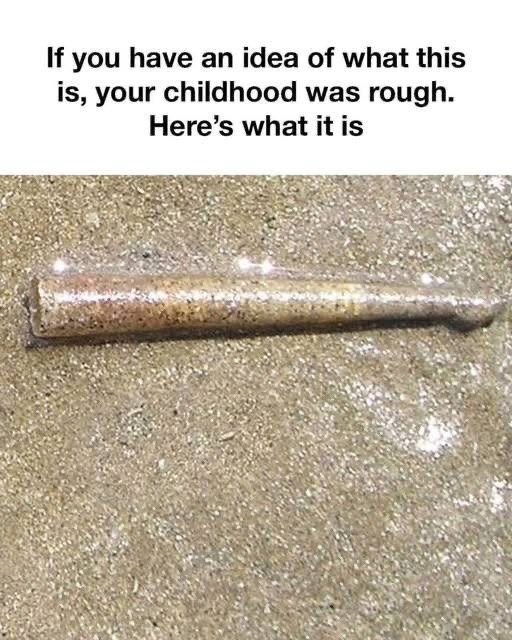When Childhood Memories Turn Uneasy
Not all childhood memories bring warmth or nostalgia. Some linger because they stirred unease. If you ever stumbled upon a trumpet worm nest, you might remember feeling both curious and uneasy. These strange structures often appeared in the most unexpected places, leaving lasting impressions. Let’s explore what makes these nests so unforgettable.
What Are Trumpet Worm Nests?
Trumpet worm nests are built by marine worms from the polychaete family. These segmented creatures use sand, shell fragments, and debris to create tube-like homes. Found mostly along coastal areas, the nests offer protection from predators and rough environments.
Despite their small size, trumpet worms show impressive skill and persistence in building these structures.
Why Did We See Them as Kids?
Many childhoods involved outdoor play near beaches, rivers, or coastal towns. Naturally, these settings put children in direct contact with trumpet worm nests. The nests were common where the worms thrived — close to water and undisturbed shores.
Kids, driven by curiosity, often noticed them. For some, these nests symbolized nature’s strange and sometimes unsettling side.
How to Recognize One
Spotting a trumpet worm nest is easy if you know the signs:
-
Shape: Tube-like, sticking out of the ground or attached to rocks.
-
Texture: Gritty, made of sand and shells.
-
Color: Varies from beige to dark brown, based on the local environment.
-
Openings: Tiny holes where the worm feeds and senses its surroundings.
They might look odd, but they reveal how even the smallest creatures adapt.
What to Do If You Find One
If you see a trumpet worm nest, don’t disturb it. These nests are fragile ecosystems. Observing from a safe distance protects the worms and their home.
If you’re with curious kids, turn the moment into a lesson on respecting wildlife. Take photos instead of touching. That way, you preserve both the memory and the habitat.
How They Shaped Our Childhood
For many, trumpet worm nests were part of growing up in nature. They fascinated us—and sometimes scared us. These moments forced children to face the unfamiliar. In doing so, they built resilience and a deeper connection to the wild.
Over time, the unease gave way to respect and wonder.
Reflecting on the Past
Looking back, these experiences can stir mixed emotions. Some may recall a rough upbringing, marked by harsh realities and outdoor encounters. But those same memories often highlight the curiosity and strength of childhood.
Even in uncomfortable moments, children found beauty and meaning.
Final Thoughts
Trumpet worm nests may seem small, but they left a big mark. They remind us how nature shapes us—through wonder, discomfort, and discovery. As we reflect on these memories, we’re reminded to honor nature’s role in our growth—and to preserve it for generations to come.
